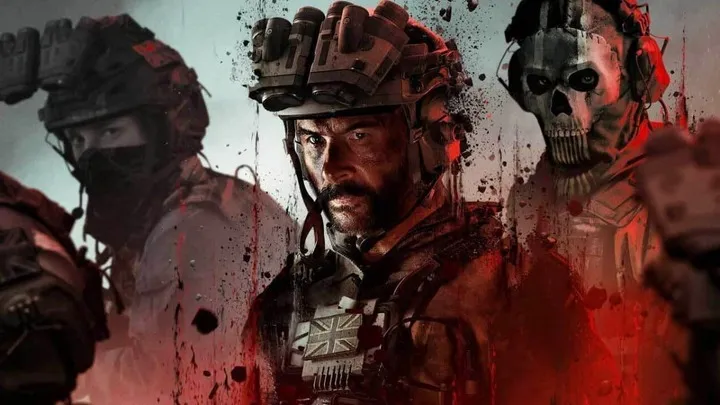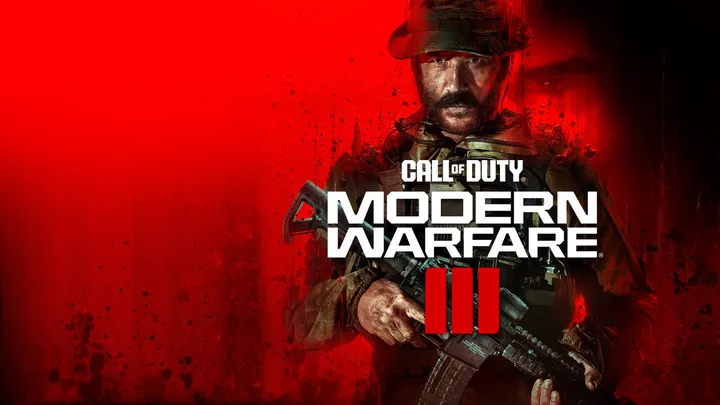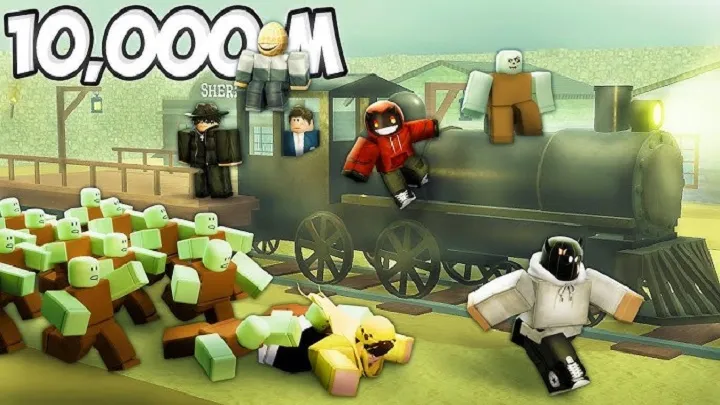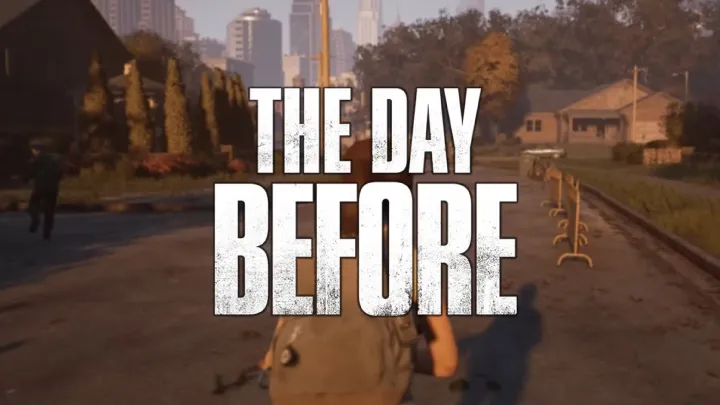Introduction
Call of Duty has long defined the modern first-person shooter, offering fast-paced combat, strategic gameplay, and a variety of multiplayer modes that challenge reflexes and tactics. With realistic weapon mechanics, dynamic maps, and competitive modes, the series rewards both precision and strategic thinking. Whether you are a seasoned veteran or new to the franchise, mastering Call of Duty requires understanding its maps, weapon systems, movement mechanics, and team strategies. This guide provides detailed tips and strategies to improve aim, map awareness, loadout optimization, and teamwork, ensuring you dominate in both casual and competitive play.
1. Understanding Maps and Game Modes

Map Familiarization
- Each map has unique choke points, high-traffic areas, and hidden flanks. Learning these is crucial for positioning and movement.
- Observe verticality: buildings, hills, and platforms offer tactical advantages or vulnerable spots.
- Map awareness allows anticipation of enemy movement and better utilization of cover.
Game Modes Overview
- Team Deathmatch focuses on eliminating enemies quickly—speed and map control are key.
- Objective modes like Domination or Hardpoint require coordination, capturing zones while defending your team.
- Search & Destroy demands patience, stealth, and careful planning, as lives are limited and respawns do not exist.
2. Choosing and Optimizing Loadouts
Weapons and Attachments
- Select weapons that fit your playstyle: assault rifles for balance, SMGs for close combat, snipers for long-range control.
- Experiment with attachments like scopes, suppressors, and grips to maximize efficiency.
- Adjust loadouts based on maps—smaller maps favor faster weapons, large maps reward precision rifles.
Perks and Equipment
- Perks enhance survivability, speed, or stealth. Choose combinations that complement your approach.
- Tactical equipment, like grenades and flashbangs, can clear rooms or distract enemies.
- Strategically place lethal equipment to control choke points or defend objectives.
3. Mastering Movement and Positioning
Effective Movement
- Strafe and crouch to make yourself a harder target while shooting.
- Use sprinting strategically—avoid running into open areas without cover.
- Jumping or vaulting can surprise enemies but also exposes you; use judiciously.
Positional Advantage
- High ground provides visibility and easier target acquisition.
- Cover usage is essential; always position yourself where you can retreat or flank.
- Learn map-specific hiding spots for ambushes or defending objectives.
4. Aiming and Shooting Mechanics
Improving Accuracy
- Use short, controlled bursts for long-range engagements.
- Adjust sensitivity settings to match personal comfort and reflexes.
- Track recoil patterns for each weapon to maintain accuracy during sustained fire.
Target Prioritization
- Focus on the closest threats first, but be aware of objective-related targets.
- Pre-aim at common entry points to reduce reaction time.
- Learn to balance aggression with caution—overexposing yourself often leads to deaths.
5. Teamwork and Communication

Coordinating with Teammates
- Share enemy positions using in-game markers or voice chat.
- Assign roles: assault, support, sniper, or objective-focused player.
- Sync attacks for capturing objectives or defending high-value areas.
Supporting Team Objectives
- Provide cover fire or distraction to help teammates advance.
- Rotate between offensive and defensive positions to adapt to changing situations.
- Prioritize collective success over personal kills to maximize team performance.
6. Using Scorestreaks and Killstreaks
Choosing Effective Scorestreaks
- Select streaks that complement your playstyle and map type.
- Air support and UAVs provide tactical advantage by revealing enemies or dealing damage.
- Save high-impact streaks for critical moments to swing battles.
Strategic Deployment
- Avoid using streaks in predictable areas where enemies can counter them.
- Combine streaks with team actions—coordinate UAVs with assaults for maximum impact.
- Monitor cooldowns and plan sequences for continuous advantage.
7. Game Sense and Situational Awareness
Reading the Battlefield
- Pay attention to sound cues: footsteps, gunfire, and reloads indicate enemy positions.
- Keep an eye on minimap and scoreboards to anticipate enemy movement.
- Understand map flow: which areas are contested and which are safe for maneuvering.
Decision-Making Under Pressure
- Assess risk vs. reward for each engagement.
- Retreat when necessary; staying alive often benefits team objectives more than chasing kills.
- Adapt playstyle based on current round dynamics—aggressive or defensive approaches may be required.
8. Advanced Techniques and Strategies
Movement Tricks
- Slide, jump, and strafe combinations can evade enemy fire while closing distance.
- Use ledges, windows, and vertical routes for flanking.
- Advanced maneuvers like drop shots or quick-scoping can surprise opponents.
Map-Specific Strategies
- Learn spawn points and rotation patterns to anticipate enemy paths.
- Control key areas like chokepoints, objectives, or high-traffic lanes.
- Adapt tactics for each map—urban maps favor close-quarters combat, while open maps reward positioning and range.
9. Practice, Warm-Up, and Consistency
Training Routines
- Spend time in practice modes to refine aim and weapon handling.
- Warm up before competitive matches to improve reaction time.
- Track performance metrics like headshot accuracy and kill/death ratio to identify weaknesses.
Mental Preparation
- Maintain focus and patience—avoiding tilt improves decision-making.
- Review past matches to understand mistakes and correct strategies.
- Set incremental goals for improvement rather than immediate perfection.
10. Staying Updated and Engaged

Following Updates
- Game patches often change weapon balance and map dynamics—stay informed to adapt.
- New content, seasonal events, and challenges provide opportunities for rare rewards and experiences.
- Engage with the community for tips, strategies, and feedback on evolving meta.
Competitive Play and Community
- Participate in tournaments or ranked modes to test skills under pressure.
- Watch professional gameplay for insights on movement, positioning, and tactics.
- Join forums and groups to share knowledge and keep motivation high.
Conclusion
Call of Duty blends speed, strategy, and precision into an intense FPS experience. By mastering maps, loadouts, movement, aiming, and teamwork, you gain the tools to dominate both casual and competitive play. Use scorestreaks wisely, maintain situational awareness, and continually refine your skills. Whether you are capturing objectives, engaging in firefights, or coordinating with your team, every decision matters. With practice and patience, you’ll not only survive but excel in the fast-paced, tactical world of Call of Duty.

















